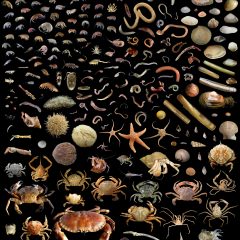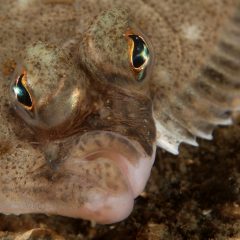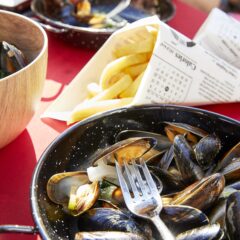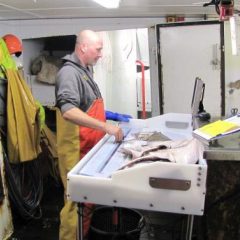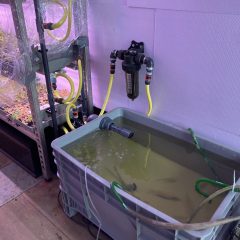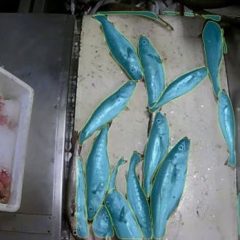Research project Sole Monitoring using Automated and Traditional eDNA Sampling

General introduction
The SoleMATES (Sole Monitoring using Automated and Traditional eDNA Sampling) project offers a solution for data-poor fish stocks and the associated negative catch advice. Both the sole and plaice stocks in the southern Celtic Sea/southwest of Ireland (ICES areas 27.7hjk) are facing declining fishing quotas. There is simply a lack of (local) data on these fish stocks, resulting in insufficient knowledge of the stock size (i.e., the biomass of the local fish population). Collecting eDNA data (as an alternative to traditional data collection) will ensure that the fisheries policy for these fishing grounds can be implemented more efficiently.
Research approach
Specifically, within the SoleMATES project, automatic eDNA data collection via Belgian fishing vessels is being expanded to the small fleet segment (WP1). This will eventually enable the entire Belgian fleet to participate in eDNA collection. The more locations sampled, the more accurate the fish biomass estimates becomes. Furthermore, the potential of eDNA as an indirect indicator of fish biomass in deeper waters is being explored. For sole, this is done via dPCR (WP2), and for other commercial species via metagenomic sequencing (WP3). These data enable the characterization of the entire fish community in data-poor areas. Finally, the eDNA samples will be linked to the VISTools data platform to further expand the digital collection of fisheries data (WP4).
Relevance/Valorization
This project offers significant added value for the study of marine biodiversity as the eDNA analyses provide a clear picture not only of the target species but of all fish species in a given area. The eDNA data are also suitable for modeling food webs, allowing for a more complete picture of the marine ecosystem. Furthermore, the eDNA approach makes data collection much more efficient, automated, and cost-effective due to the use of fishing vessels instead of research vessels. Finally, the non-invasive nature of this method offers a significant advantage: no additional towing is required to determine the composition in the marine environment, which minimizes the impact on the seabed. Furthermore, the animals themselves do not need to be captured, significantly reducing the pressure on the ecosystem during monitoring activities.
Financing
OVIS vzw

